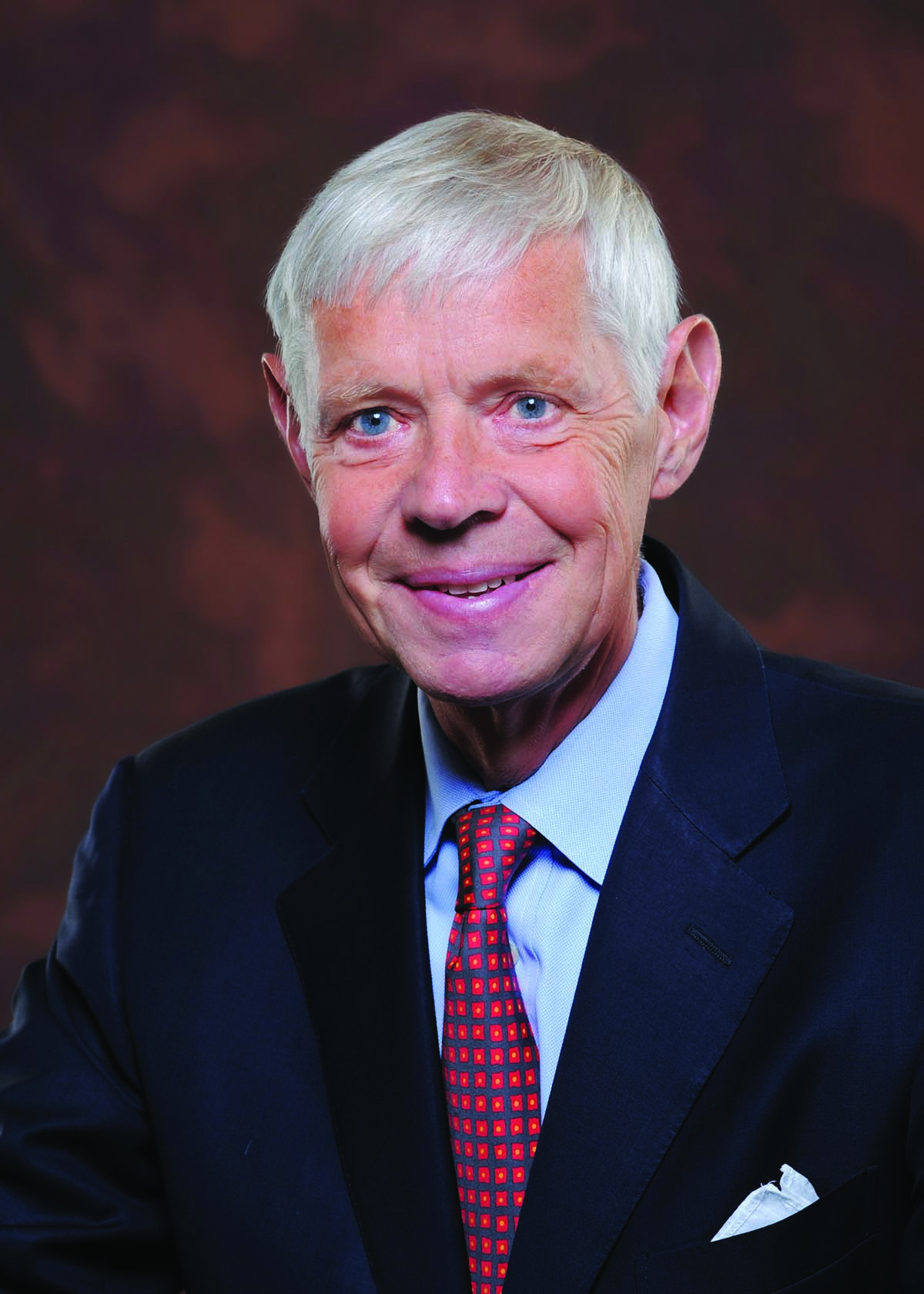 Gunnar Andersson, MD, retired from clinical practice on Dec. 31, 2014 as chairman emeritus of the orthopedic surgery department at Rush University Medical Center in Chicago. He was a founding partner of Midwest Orthopaedics at Rush.
Gunnar Andersson, MD, retired from clinical practice on Dec. 31, 2014 as chairman emeritus of the orthopedic surgery department at Rush University Medical Center in Chicago. He was a founding partner of Midwest Orthopaedics at Rush.
He was chairman of the orthopedic surgery department from 1994 to 2008 and holds an impressive number of awards, accolades and leadership positions:
• Current president, International Society for the Advancement of Spine Surgery
• Past-president, International Society for the Study of the Lumbar Spine
• Past president, American Academy of Disability Evaluating Physicians
• Past-President, Orthopaedic Research Society
• Trustee Medal, Rush University Medical Center
Spine surgery has evolved significantly since he first began to practice, thanks in no small part to Dr. Andersson's contributions to the field. Here, he shares his thoughts on the past as well as where spine surgery is headed in the future.
Q: After everything you've done in your career, what are the highlights you come back to as some of the greatest or most memorable accomplishments you've had?
Dr. Gunnar Andersson: I think the highlight has been being able to help patents who are in pain and despair to an almost normal life. When I started, technology was really lacking in the areas of spine. For example, we had no diagnostic tools like CT scans or MRI. We had very little in terms of instrumentation, so we could not correct deformities level-by-level.
Pedicle screws and cages in the intervertebral disc weren't used. We had no bone substitute so we had to take all our bone from the pelvis. I envy those going into spine surgery today because they'll be able to do things that when I started we could only dream of.
Q: What development has contributed most to the field?
GA: Diagnostics has been one of the most important developments. When I started out, we had no tools to provide three-dimensional imaging of the spine and we had limited ability to diagnose some of the things we diagnose routinely today. Having said that, I think there will be an emphasis on diagnostic and technical improvements going forward.
We still have no perfect way of determining whether a disc is painful or if the sacroiliac joint is painful, or essentially where the pain is coming from. I think that will be another area of significant development over the next few decades.
Q: What leaders do you admire? Why?
GA: I do admire John Charnley the father of joint replacement surgery. I think his persistence with the development of modern joint replacements is one of the greatest medical developments ever and I think it has contributed to the quality of life for an enormous number of people.
I have had several mentors in the field who have played a role in my career. I practiced with Alf Nachemson, MD, PhD, and he instilled in me the need to combine clinical practice with research, to read the literature critically and to embrace evidence-based medicine.
I also spent time with Michael Friedman, MD, who had an enormous impact on my career and stimulating my research interests. I moved to Chicago to a large degree because of Jorge O. Galante, MD, who was my first chairman at Rush and whose thoughtful approach to patient care and research had a big impact on my life.
Q: How do you see spine surgery evolving in the future?
GA: I think biologics will play a greater role. Motion preservation will continue to evolve and I think every thing we do will be done with MIS techniques. There will be tremendous development over the next 20 years.
Q: What career advice would you give spine surgeons just starting out to lead a long and successful career?
GA: It all starts with how you treat your patients. You have to treat patients as you would treat family. You have to address all of their issues, which may not only be back pain. Once back pain becomes chronic, there are so many things that interact on the social, economic and psychological side.
Also, I think you have to avoid being tantalized by technology. The is a lot of new technology available, but that doesn't mean you have to use it Be selective. If you select the right patient and the right procedure, you'll be successful.
I also think you have to embrace evidence-based medicine. The problem with evidence-based medicine in spine and many other areas is we don't always have evidence, so your choice is sometimes based on an informed decision process where you and your patients make decisions together.
Q: What are you most looking forward to in retirement?
GA: I look forward to spending more time with my wife and enjoying the outdoors—golfing, jogging, skiing and hiking.
But I'm still very active. I am actively involved in research and writing, and in mentoring. I am on several advisory boards and safety monitoring committees. It's difficult to completely retire from what you've been doing for a long period of time. I'm the president of the International Society for the Advancement of Spine Surgery and I still want to contribute to the advancement of our field and our ability to help patients.

